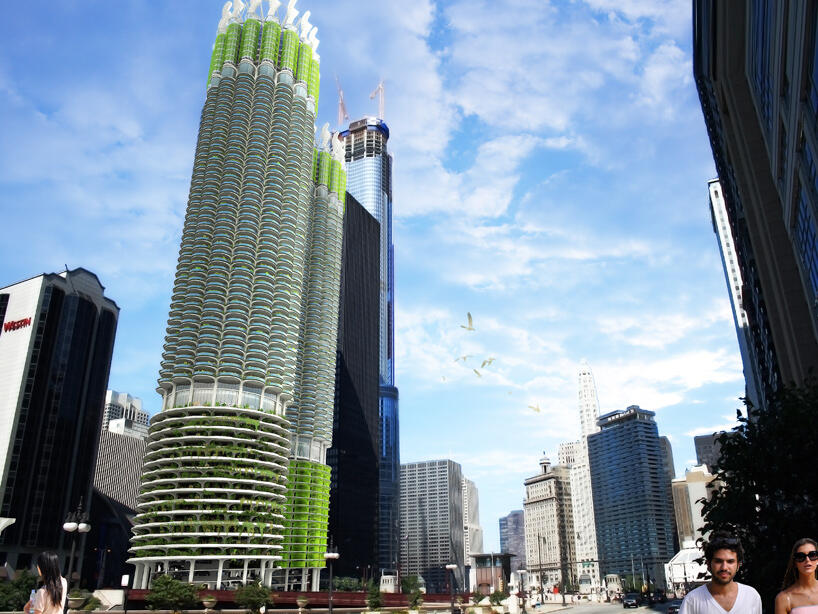Massachusetts Institute of Technology (MIT, USA) is one of those advanced centers that are applying new technologies to buildings.
In it, Oral Buyukozturk, Professor, Department of Civil and Environmental Engineering at the center, and his team have developed a computer model that interprets and gives meaning to environmental vibrations (for example, passing trucks near buildings or earthworks) for signs of damage or mechanical stress in buildings. The model can be used to monitor the ‘health’ of the continuously buildings.
continuous monitoring
When an earthquake or the passage of a truck rumbling make a building, vibrations can travel to the roof structure and generate transient tremors through intermediate floors and beams.
The new system allows, after events like these, immediately calibrate these changes have caused environmental movements and the damage they have caused in the system.
Thanks to him, it is possible to continuously monitor the buildings, to generate a database of your health, it would be like primer doctor.
Nervous system embedded
More specifically, the system has two parts. On the one hand, there is the aforementioned computational model, which includes all kinds of parameters and data on buildings, such as strength and density of its walls, beams, stairs on each floor, etc.
On the other hand, buildings are accelerometers would place that would detect vibrations and movements in them, from foundation to roofs or roofs. According to the authors of the advance, these sensors would represent “a nervous system embedded”.
For now, the MIT researchers have already tested the system in a building’s own research center, the so-called Green Building, which is a 21-story building made entirely of reinforced concrete and designed in the 1960s To do this, accelerometers 36 were used.
Self-diagnose buildings
They have also developed a computer simulation of the building and introduced in it vibrations that could affect you.The model has allowed to predict how he would react the building and its various elements such vibrations. In principle it is safe, say the scientists, but is subject to some vibration, especially on the upper floors.
The team now plans now verify their computational model with laboratory experiments, particularly with a replica of 4 meters height of the structure of a building. The ultimate goal: to build buildings that can be equipped with sensors and algorithms central processing, which are intelligent, can ‘register’ your own health in real time and possibly resistant to extreme events.
Source: Trends 21











